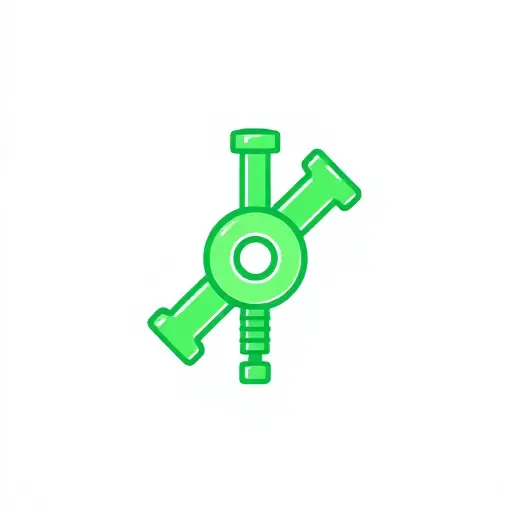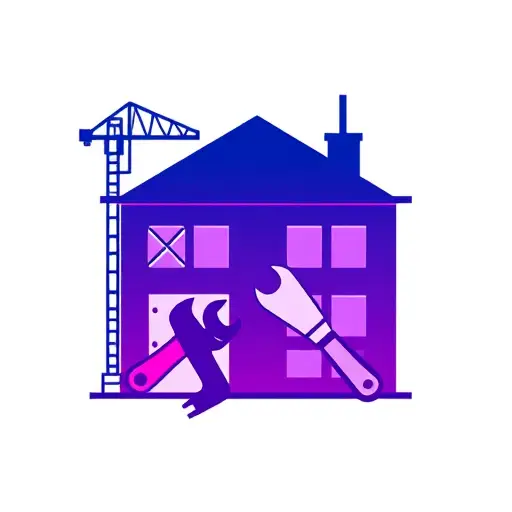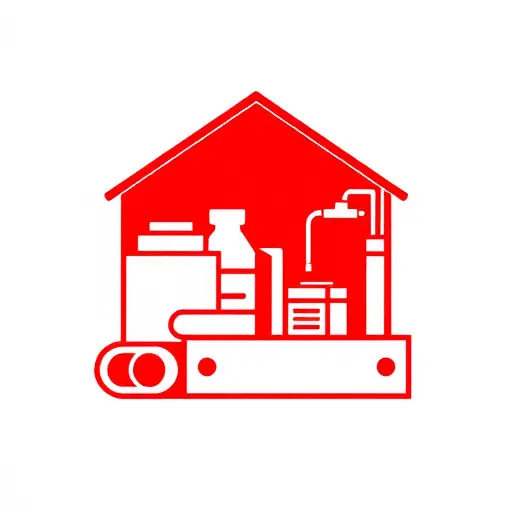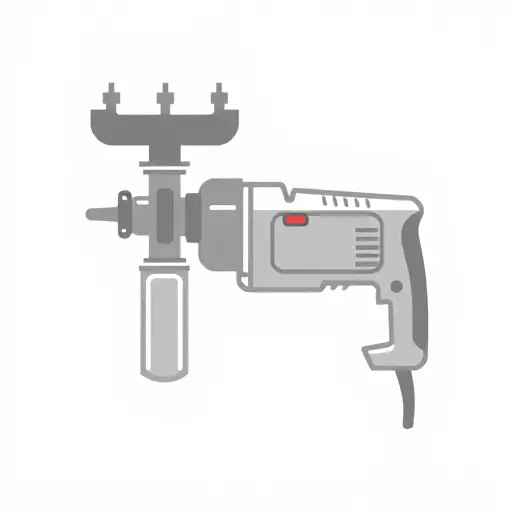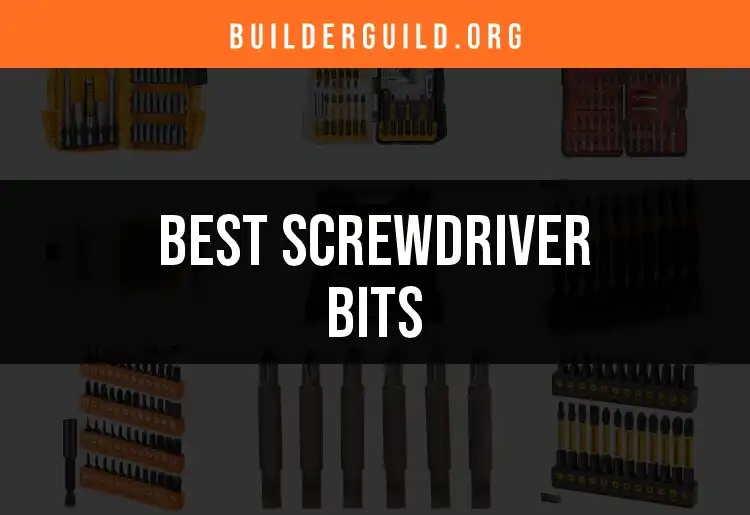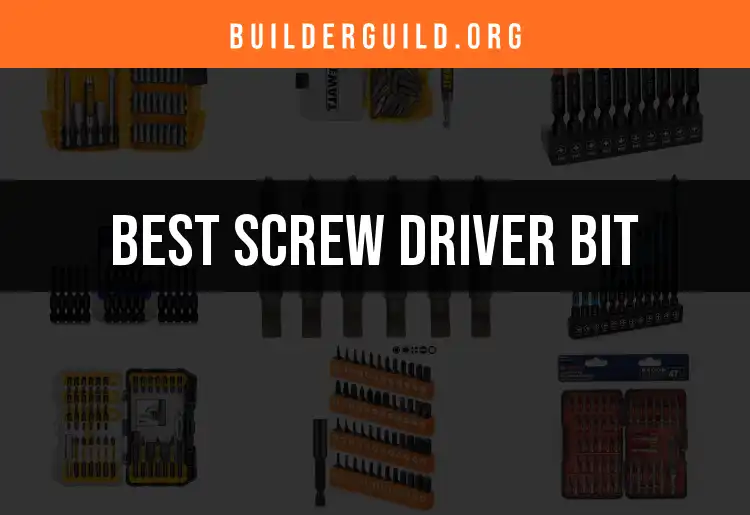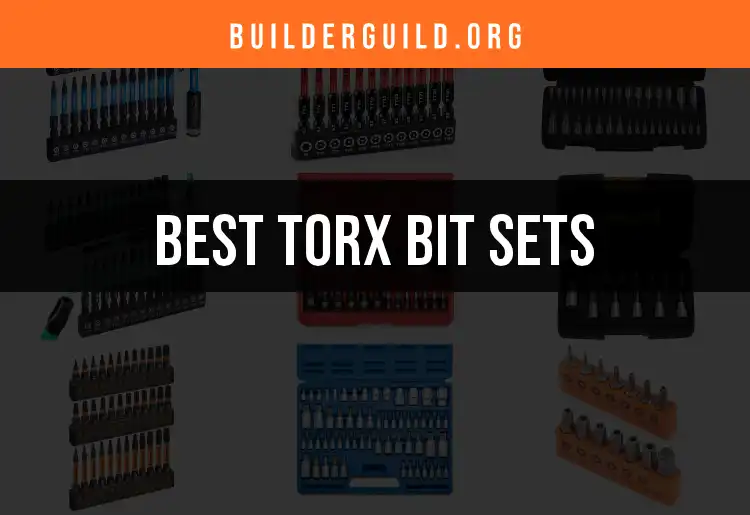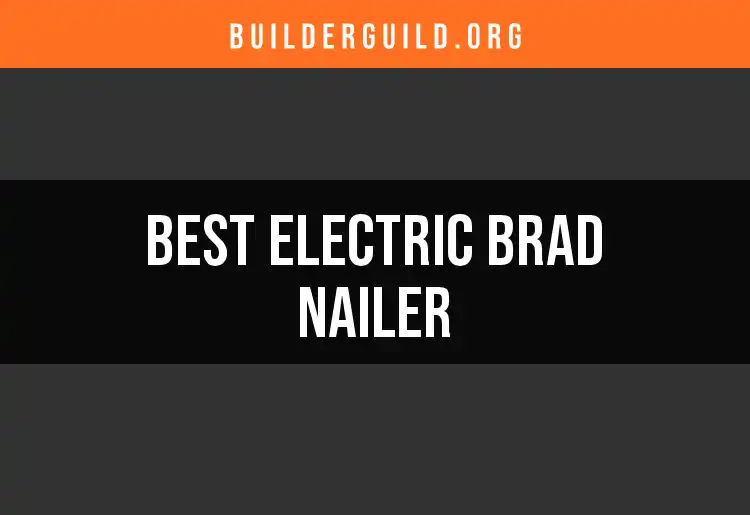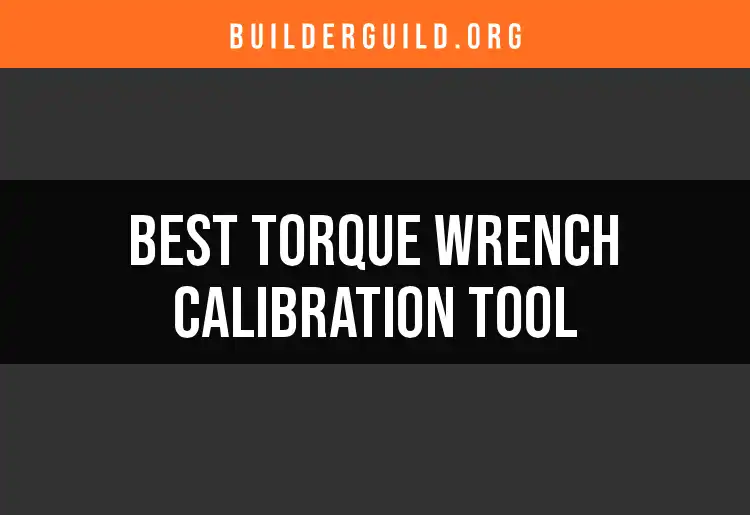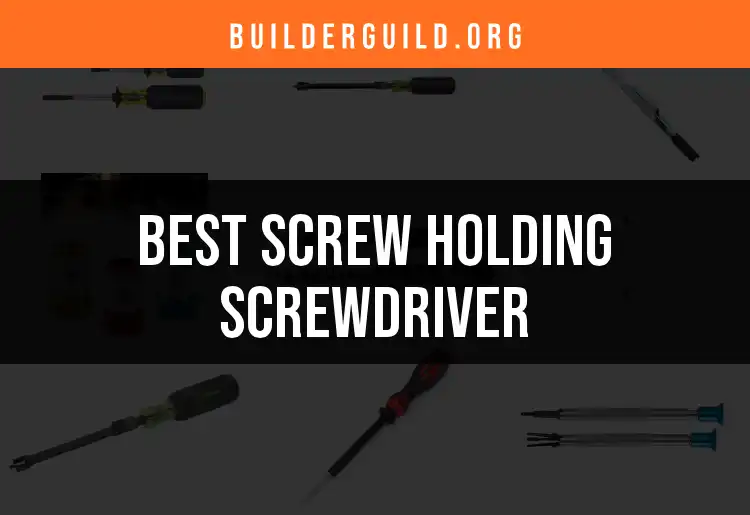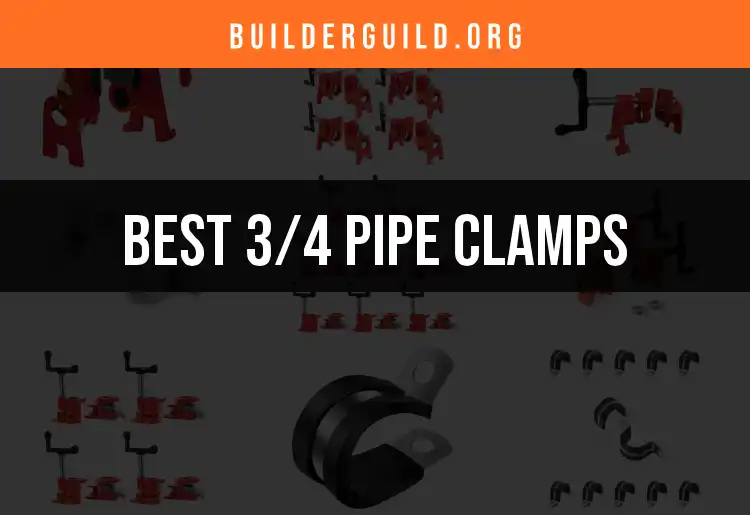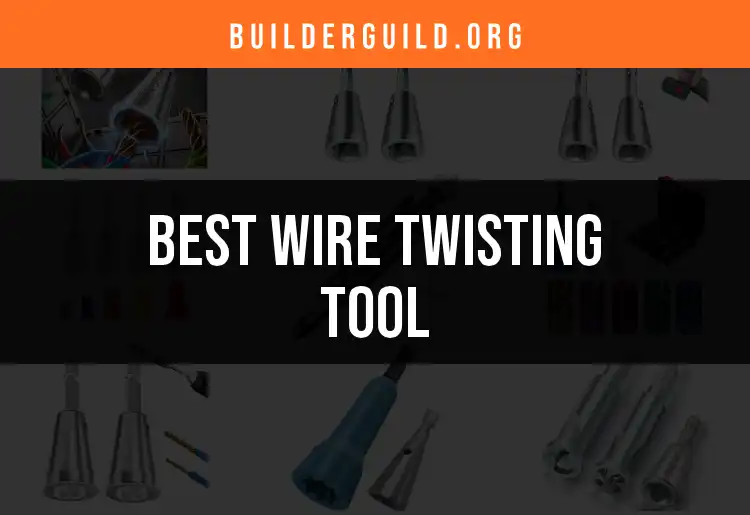Fastening and assembly are critical components of building construction and maintenance. These processes ensure that materials are securely connected, allowing for structures to withstand environmental factors and the test of time. Fastening involves the use of specialized tools and fasteners to connect various building materials, while assembly refers to the actual putting together of those materials in a methodical way. The importance cannot be overstated—proper fastening contributes to the overall structural integrity and longevity of buildings, while poor fastening can lead to critical failures.
To effectively navigate the complexities of fastening and assembly, having a strong understanding of the different tools and methods is essential. This knowledge facilitates smoother construction processes and minimizes risks related to weak connections.
Tools and Equipment for Fastening
Hand Tools
Hand tools are fundamental to any fastening task. They are widely accessible and can be used effectively without the need for external power sources, making them ideal for smaller or less complicated jobs.
Types of Hand Tools
Some common hand tools include:
- Hammers: Used to drive nails and other fasteners into surfaces, hammers are invaluable for a variety of tasks. Different types of hammers, such as claw hammers or framing hammers, serve unique purposes.
- Screwdrivers: These tools are essential for driving screws into materials and often come in various types, including flathead and Phillips screwdrivers, each suitable for different screw types.
- Pliers: Pliers offer solutions for gripping and twisting, often used to fasten or remove fasteners in tight spots where other tools cannot reach.
The reliance on hand tools underscores a necessity for skill and precision, allowing craftsmen to execute intricate fastening tasks that require a delicate touch.
Advantages and Disadvantages
While hand tools are generally easy to use and cost-effective, they often require more manual effort and can be limited in terms of speed, particularly on larger projects. For instance, using a hammer can take longer than a powered nailer when driving a significant number of fasteners. However, for smaller tasks or detailed work, hand tools can provide the precise control needed for high-quality craftsmanship.
Power Tools
Power tools enhance efficiency and effectiveness in fastening tasks, drastically reducing the time and effort required for various projects.
Overview of Electric vs. Pneumatic Tools
Electric tools are flexible, operating on batteries or plugging into outlets. They are beneficial for a wide array of applications, including drilling, fastening, and demolition. Pneumatic tools, which require an air compressor, are typically more powerful and faster, making them particularly valuable for heavy-duty projects like framing and roofing.
Understanding the fundamental differences between these two categories of tools can help ensure that a craftsman selects the right tools for specific applications, optimizing performance and productivity.
Essential Power Tools for Fastening
Some essential power tools include:
- Nail Pullers: These tools are perfect for removing nails with efficiency and precision. Instead of risking damage to surrounding materials or using inadequate leverage, a skilled worker can rely on a high-quality nail puller. Learn about top options in our guide on the best nail pullers.
- Floor Nailers: Designed specifically for laying down flooring, these nailers can significantly speed up the process while ensuring a strong hold. Check out the best options in our guide on floor nailers.
- Right Angle Screwdrivers: Their unique design allows users to access tight spaces that conventional screwdrivers cannot reach. The ability to work in confined areas is crucial in various constructions. Explore options in our guide on right angle screwdrivers.
Specialized Fastening Tools
Certain projects call for specialized tools that go beyond standard options, allowing for unique fastening situations.
- Flooring Staplers for Engineered Hardwood: These staplers minimize pressure and maximize stability during installation. For recommendations, see our section on flooring staplers for engineered hardwood.
- 30-Degree Framing Nailers: These nailers are perfect for tackling framing projects efficiently. Learn more about the best models in our article on 30-degree framing nailers.
Fastening Materials
Fasteners Overview
Understanding the properties and functions of various fastening materials ensures that you select the right tools and methods for your projects, leading to optimal results and enhanced safety.
Types of Fasteners
The major types of fasteners include:
- Nails: They are often used for wooden applications because they provide strong holding power and can absorb some level of movement in the material.
- Screws: Screws provide superior holding power compared to nails due to their thread design. They are able to create a tighter fit, which is crucial for applications requiring durability, such as cabinetry.
- Bolts: Bolts are essential for heavy-duty applications and are often combined with nuts. They provide robust connections between materials, making them indispensable in construction.
Understanding the right fastener type and its materials helps in achieving specific mechanical properties, ensuring that structural connections are strong and reliable.
Material Properties
The material of the fasteners (steel, aluminum, etc.) has a substantial impact on their performance attributes. For example, stainless steel is corrosion-resistant and can withstand harsh environments, making it ideal for outdoor projects.
Choosing the right fastener material tailored to the environment and the materials being joined is critical in preventing deterioration over time, which can lead to costly repairs.
Anchors and Wall Fasteners
Overview of Different Types of Anchors
Anchors play a crucial role in securely fastening objects to walls, particularly in less stable materials like drywall. There are different types of anchors, including plastic anchors, toggle bolts, and masonry anchors, each suited for specific applications and materials.
Wall Anchors for Stucco
When it comes to mounting objects on stucco, using the correct wall anchors is vital for ensuring the stability and safety of the installation. For a detailed look at the best options available, check out our recommendations for wall anchors for stucco. Using suitable anchors not only prevents dislodging but also undermines the aesthetic appeal of the installation work.
Nuts, Bolts, and Washers
Selecting the Right Size
When working with nuts and bolts, ensuring you match the sizes accurately is crucial for a secure fit. A misalignment can lead to weak connections and potential structural failure.
Organizers for Nuts and Bolts
Keeping your fasteners sorted can be a game-changer in the work process. Consider using a nuts and bolts organizer to streamline access to the right pieces when you need them. An organized workspace not only saves time but also increases the efficiency of the fastening and assembly process. For practical ideas, explore options in our guide on nuts and bolts organizers.
Fastening Techniques
Basic Fastening Methods
Most projects will incorporate standard fastening methods to ensure that materials are securely connected.
Hammering vs. Drilling
Hammering is best utilized for driving nails quickly into surfaces, while drilling is essential for creating holes for screws. While hammering is quicker, drilling provides a more secure connection and is less likely to damage the materials. Knowing when to use each method plays a crucial role in achieving the desired results and maintaining material integrity.
Tapping vs. Screwing
Tapping involves creating threads in materials where screws can fit, while screws use existing threads. Understanding this distinction allows for proper use of these methods in various applications, ensuring strong and reliable connections that can withstand various forces.
Advanced Techniques
For more complex structures, advanced fastening techniques can significantly improve overall performance.
Using Impact Drivers
Impact drivers excel at driving screws with speed and precision, minimizing the risk of stripping screws. They produce sudden bursts of torque, making it easier to drive hard screws into tough materials. For recommendations on the best models, refer to our guide on hand impact drivers. Learning to utilize these tools effectively can greatly enhance the efficiency of your fastening tasks.
Importance of Torque Settings
When using electric tools, understanding torque settings is vital to prevent overtightening, which can lead to material cracking or deformation. Proper torque ensures that fasteners are snug but not excessively tight, allowing for natural movement in certain materials while maintaining strength.
Framing Techniques and Tools
Types of Framing Nailers
Framing nailers come in many configurations, each tailored to specific tasks. For instance, the 30-degree framing nailers are designed to shoot nails at a specific angle, facilitating more straightforward connections in framing projects. Choosing the right nailer impacts efficiency and effectiveness, contributing to a successful installation.
Air Hose Selection for Framing
If you plan to use pneumatic tools, selecting the appropriate air hose is essential to maintain consistent airflow and prevent issues during operation. A reliable air hose allows for uninterrupted work and enhances the overall efficiency of pneumatic tools such as nailers. Understanding air supply requirements ensures that the framing process runs smoothly. You can scout recommendations in our guide on the best air hose for framing.
Types of Fasteners
Nails
Common Nails vs. Finishing Nails
Different nails serve different functions. Common nails are generally thick and suited for general construction, while finishing nails are thinner and designed to be less visible once hammered in, providing a more aesthetically pleasing finish.
Compatibility with Floor Nailers
Using the right type of nails compatible with your floor nailer ensures optimal results when installing flooring. Selecting appropriate fasteners minimizes the risk of damage to the flooring material and secures a long-lasting installation.
Screws
Types of Screws
Screws encompass various types, including wood screws, machine screws, and self-tapping screws. Each screw type has unique features suited for specific applications, affecting factors like holding strength and resistance to stripping.
Benefits of Using a Right Angle Screwdriver
Right angle screwdrivers are invaluable when working in confined spaces as they provide the necessary leverage to drive screws efficiently. The ability to reach tight spots can save time and minimize frustration during assembly tasks. For guidance on various models, explore our review of right angle screwdrivers.
Bolts
Types and Applications of Bolts
Bolts and their corresponding nuts serve critical functions, particularly in heavy-duty settings. Understanding the various types of bolts, such as carriage bolts and hex bolts, can provide essential knowledge for ensuring robust connections in projects ranging from furniture building to commercial construction.
Nuts and Their Function
Nuts serve to secure bolts in place, and ensuring the correct match with bolt sizes is crucial for optimal functionality. Proper installations prevent failure during use, resulting in safer and more reliable structures.
Assembly Considerations
Planning and Design
Importance of Structural Integrity
Before beginning any assembly project, planning for load requirements and structural integrity should be prioritized. Failing to consider these factors might lead to unnecessary strain, resulting in potential collapses or damage.
Load-Bearing Considerations
Understanding the weights and load-distribution can help in selecting the right fasteners and assembly methods. Proper calculations and structural plans will prevent issues related to overloading, ensuring safety over the life of the construction.
Safety Measures
Personal Protective Equipment (PPE)
Using appropriate PPE is not just a suggestion; it's a necessity while engaged in fastening projects. This may include goggles to protect from flying debris, gloves to prevent cuts, and ear protection when using loud tools. Wearing proper gear reduces the risk of unforeseen accidents during work.
Common Hazards in Fastening and Assembly
Awareness of potential hazards—such as injuries from sharp fasteners or accidents related to heavy tools—is critical in avoiding workplace incidents. Maintaining a clean, orderly workspace reduces hazards, ensuring a smoother working environment for all involved.
Best Practices for Assembly
Tips for Optimal Fastening
To achieve the best results:
- Always pre-drill holes when necessary to avoid splitting wood, especially in hardwoods.
- Use the right length and type of fastener to suit your materials—each project is unique and may require specific solutions.
Troubleshooting Common Assembly Issues
Identifying common issues early on—such as loose fasteners, misaligned pieces, or signs of material fatigue—can save time and effort later. A proactive approach to troubleshooting ensures a higher standard of work and prevents costly reworks.
Maintenance of Fastening Tools
Cleaning and Care of Hand Tools
Routine maintenance is key for prolonging tool life. Cleaning after each use removes rust and debris that can impair functionality and safety. Proper care promotes optimal performance, reducing the likelihood of accidents or failures during critical tasks.
Proper Maintenance of Power Tools
Regular checks for wear and tear on power tools are essential. Maintaining them isn't just about preserving their lifespan; it’s also about safety. Deteriorating tools can lead to malfunction and potential injuries. Ensure they are stored properly to avoid unintentional damage.
Replacement Schedules for Fasteners and Anchors
Conducting regular checks on the condition of fasteners and anchors is essential for safety. Over time, fasteners can become corroded, stripped, or otherwise damaged, and replacing them proactively helps to avoid structural issues that could arise from hidden problems.
Fastening Innovations
New Technologies in Fastening
In construction, staying current with innovations in fastening technology can enhance both safety and productivity. New fasteners, such as self-tapping screws or advanced adhesive technologies, allow for quicker assembly times and reduce the number of components needed.
Advances in Tool Design and Efficiency
Modern tools are engineered for efficiency, often utilizing materials and designs that reduce fatigue and improve performance. Investing in reliable, up-to-date tools allows professionals to work smarter, not harder, leading to higher-quality results and less physical strain.
Conclusion
In summary, a comprehensive understanding of fastening and assembly techniques is indispensable for ensuring the safety, durability, and efficiency of construction and maintenance projects. From leveraging effective tools, such as the best nail pullers and floor nailers, to implementing best practices in fastening methods, each detail is integral to successful outcomes. By following this guide and continuously expanding your knowledge, you can enhance your competency and confidence in tackling diverse fastening and assembly tasks, ultimately contributing to the integrity of the built environment.

